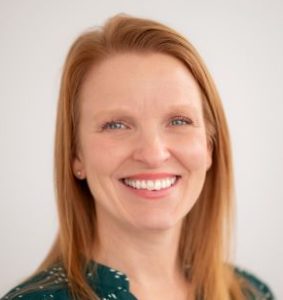
Medicaid admissions — or obstacles to admission — have been a growing topic of interest for our readers and regulators in recent months.
Last week, I wrote about the possibility of rate increases and even a potential new Medicaid revenue source in Ohio. In the state next door, Pennsylvania Gov. Tom Wolf (D) has proposed the first Medicaid rate increase in nearly a decade, but it’s just a fraction of what state association leaders say they’ll need to comply with tougher regulations and keep their doors open.
As various states grapple with reimbursement, there seems to be a growing sentiment that even the best, most well-intentioned increases won’t be good enough to keep up with inflation.
And that will compound the bigger problem: Medicaid patients already have limited access to beds, and mounting pressures make the squeeze that much tighter.
Earlier this month, the Medicaid and CHIP Payment and Access Commission (MACPAC) recommended that the government create a more robust system for monitoring access to care for Medicaid beneficiaries that would allow for comparisons across states and systems.
“The current approach to monitoring access does not measure key domains of access or provide comparable or actionable data, which are needed for policymakers and stakeholders to assess whether the program is meeting this obligation,” MACPAC said in its June report to Congress.
In other words, the government doesn’t even know how bad the access issues are, or where they are worst. The advisory commission noted that current monitoring requirements in fee for service Medicaid “focus on a limited number of services, do not include key services such as long-term services and supports (LTSS), and are reported only every three years.”
While the report doesn’t call out much in the way of skilled nursing monitoring, providers already know they and their peers are making tough decisions about who to admit, often based on who’s paying for their care. Those “gray-area” decisions were the topic of critical research earlier this year that highlighted “widespread discrimination” against Medicaid-covered patients.
Likely, for skilled nursing patients, that discrimination is worst in states with low daily Medicaid reimbursement rates. But it’s important that decision-makers know, rather than guess, where SNF beds are toughest to come by.
Defining disparities within and between states could also increase pressure on states to improve their rates as a way to ensure their residents can get the care they need.
MACPAC says a key to a helpful monitoring system would be metrics that prioritize services and populations “for which Medicaid plays a key role and those for which there are known access issues and disparities.” That’s clearly skilled nursing.
While regulators and lawmakers often turn a blind eye to MACPAC suggestions, I’m hoping someone at the Centers Medicare & Medicaid Services sees the value in this one.
Kimberly Marselas is senior editor of McKnight’s Long-Term Care News.
Opinions expressed in McKnight’s Long-Term Care News columns are not necessarily those of McKnight’s.
